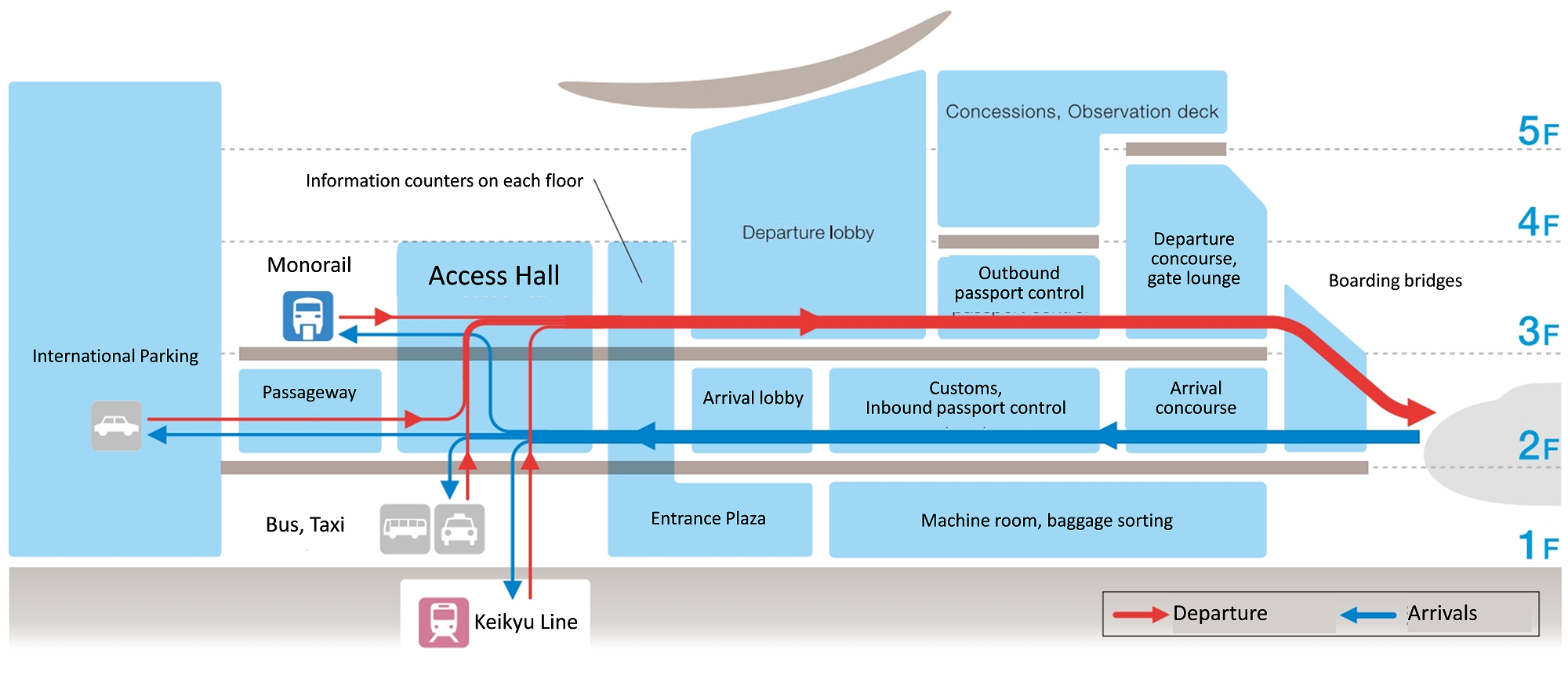In order to transform a vision into reality, (1) Capital Projects with Multiple Funding Sources and (2) Successive Operation Programs is key.
More specifically:
Capital Projects with Multiple Funding Sources: The vision of forming a compact city inevitably calls for major capital projects, such as public transit reinvestments and social infrastructure improvements. Small cities and peripheral towns under severe budget constraints need to combine multiple funding sources efficiently and consistently into a project finance scheme.
Successive Operation Programs:
The provision of modern infrastructure alone does not automatically lead to urban regeneration. “Placemaking” efforts need to be made for inducing value-added social interactions in the long run. Individual business owners and local commercial associations play a vital role in successively implementing a variety of urban operation and district management programs together with municipal governments and transit agencies.
